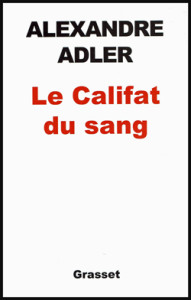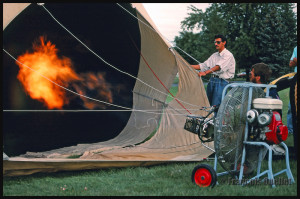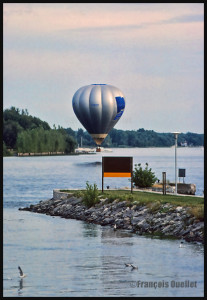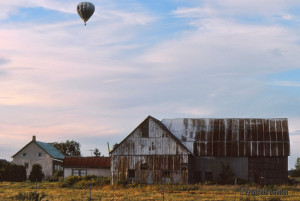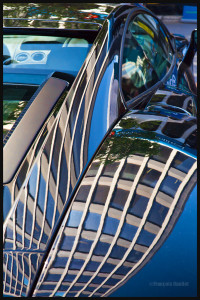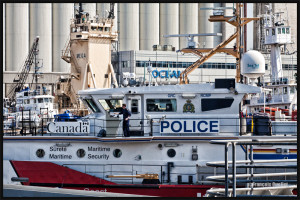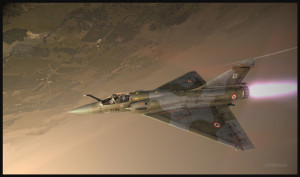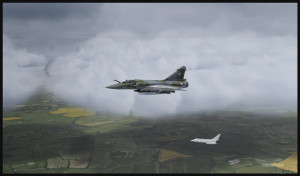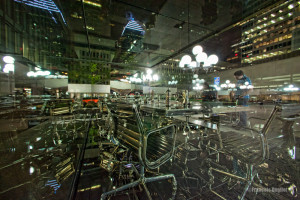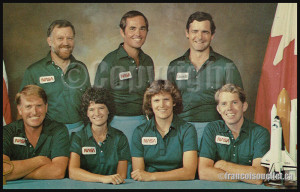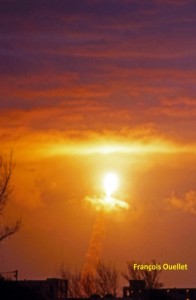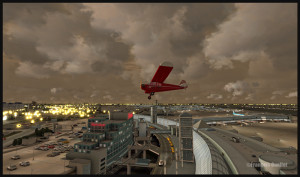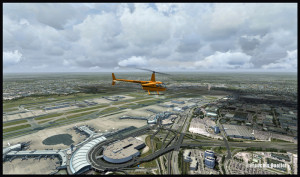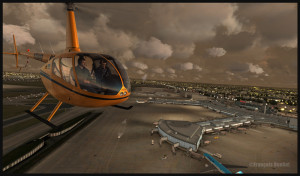Le Califat du sang
Islamic State, Daesh and ISIS: three names that represent the same terrorist group
In order to avoid any confusion, the author, Alexandre Adler, immediately makes clear that three names represent the same group: Islamic State, Daesh and ISIS. He explains what the ultimate goal of ISIS is: to establish a Caliphate on the Levant, a territory that spreads from Mediterranean to the Persian Gulf and that includes Lebanon, Syria, Iraq and Palestine.
The concept of “caliphate” and the reasons behind the desire to re-establish it are explained clearly.
Changes in the balance of power between Sunnis and Shiites
ISIS uses decomposing zones to settle. The group feeds on very high tensions created by increased inequality between two groups: Sunnis and Shiites. The Sunnis, a more conservative religious group, has lost a lot of influence following Saddam Hussein’s death. Today, there is an effort to ensure that the leaders in charge of Iraq take into consideration the interests of both groups.
Radical movements look for dissatisfied people
Sunnis are aware of the increasing strength of the Shiite axis: Beirut, Damascus, under Bachar Assad, Bagdad under Maniki, and Iran, who is inhabited by a vast majority of Shiites. Acting on the new imbalance of powers, ISIS has managed to recruit military officers as well as dissatisfied Sunnis and Arab tribe’s chiefs.
The author insists on the fact that radical movements basically dig in the dissatisfied crowd, the left aside individuals. He gives another example of a situation that is almost certain to create dissatisfaction: colonization.
Dividing a territory without taking into account the human factor
Colonization modifies the balance of power within a population. The author being French, he writes about the way France intervened in Sahara, dividing the territory without taking into account the human factor. As new boundaries were being drawn, the Touareg tribe was suddenly divided in three. This tribe refusing to obey to a new authority, in this case the Malian government, tensions built up and increased with time, since no acceptable compromise could be found.
From Libya, dictator Gaddafi understood that he could take advantage of the situation. He started supporting the Touareg resistance movement. After Gaddafi was killed, the Touareg looked for support by getting closer to jihadists. Progressively, a historically autonomous tribe became a friendly land for jihadists.
Between Al Qaeda and ISIS, Boko Haram chooses ISIS
The author explains that in Nigeria, Boko Haram was born of internal tensions between the north side of the country, which holds the political power, and the south where the population benefits from revenues generated by vast petroleum resources. In 2014, Boko Haram chose to fight along ISIS. Why? ISIS, contrary to Al Qaeda, wants a total war against the Shiites. Boko Haram picked the most radical movement.
Appearance and disappearance of the caliphal power
The caliphal power establishes a theological and political continuity of the State created in 622 by the Prophet in Medina. The author explains the reasons for the multiple appearances and disappearances of that caliphal power since the year 622. The last change was brought in 1923, when Mustapha Kemal abolished the caliphate.
Which religious group represents the real Islam?
Tensions exist between Sunnis and Shiites about the caliphate and the group which really represents the real Islam. This division dates from centuries ago. Shiites consider that Ali, the fourth successor of the Prophet, was victim of a plot at a time when he was attempting to achieve a moral and state straightening of Islam. Shiites consider that they are the real Islam beholders. They have been defending that point of view for centuries, even through Sunnis persecutions against them.
Shiites are against an early reestablishment of the caliphate
The author explains the profound differences of opinion as for the philosophic, theological and political views between both groups. Because of those reasons, Shiites are against an early reestablishment of the caliphate, which leads the most radical Sunnis, and through them ISIS, to lead a total war against them.
The Sunni axis is represented by Saudi Arabia and Egypt, although there is a degree of rivalry between those two countries.
Saudi Arabia’s fear
Saudis fear the birth of a powerful Shiite political movement on their territory. They estimate that there would be a risk to lose the control on oil installations, which constitute the base of Saudi Arabia’s economic wealth. The author writes that Saudis are financing “[my translation] all the anti-Shiites movement in the Arab world, including the Sunni jihad in Iraq”.
The return of Iran
The return of Iran, a Shiite power, on the world stage, adds to an already complex equation. The reader is told that there are natural tensions between Persian Iran and the Arab world. But there is something else: Iran, as well as few other countries in the region, is now supporting more moderate policies: “[my translation] Iran is radically changing its orientation and now prepares his return on the world stage as a more open country, pluralist, supporting a Shiite democracy. Although this is not a perfect democracy, the country is now living its perestroika”.
A fight between extremism and moderation
The adoption of more moderate positions is far from pleasing an extremist political group like ISIS. The 2013 americano-iranian agreement on nuclear talks, and the continued progress made in 2015, corresponds to a net increase in terrorist acts committed by ISIS.
Atrocities against humanity set in an historical context
The Medias constantly report on the atrocities perpetrated by ISIS. According to the author, all that media attention gives a false impression on the real strength of Islamic State: ISIS would now be down to committing those terrible acts against humanity due to its relative weakness.
The author links ISIS actions with war crimes and atrocities perpetrated by other regimes throughout decades. He situates those actions at a time that always corresponds to a last attempt to survive before being completely defeated and replaced by modern and moderate political parties.
A little reserve
The only reserve I have on the book concerns the passage where the author repeats, without nuances and like other well-known Medias, that Ben Laden is responsible for the New York 9/11 attacks. This version of facts has always been strongly debated, the disagreements starting within hours after the attack. And, contrary to popular belief, it was not brought forward only by what we call the “conspirationists”. But everyone knows that the more you repeat something, the more it becomes a reality, an undisputable truth. Noam Chomsky and other renowned authors have covered this aspect at length.
Title: Le Califat du sang
Author: Alexandre Adler
Edition: Grasset&Fasquelle, 2014.
ISBN : 978-2-246-85457-9
